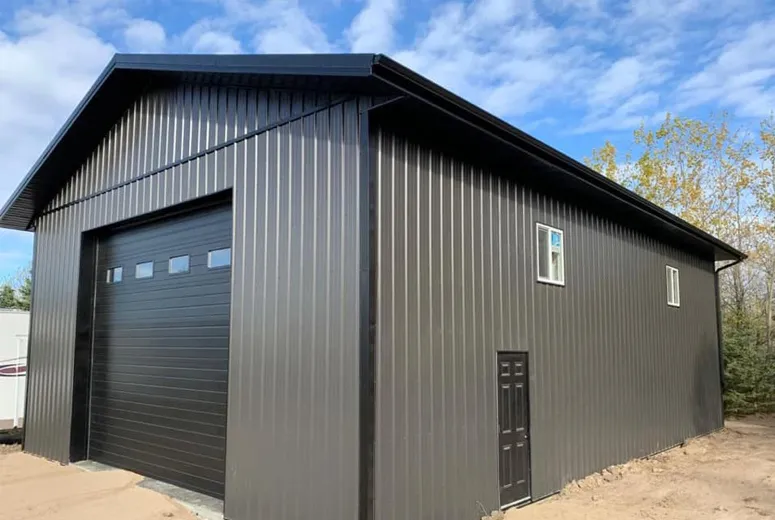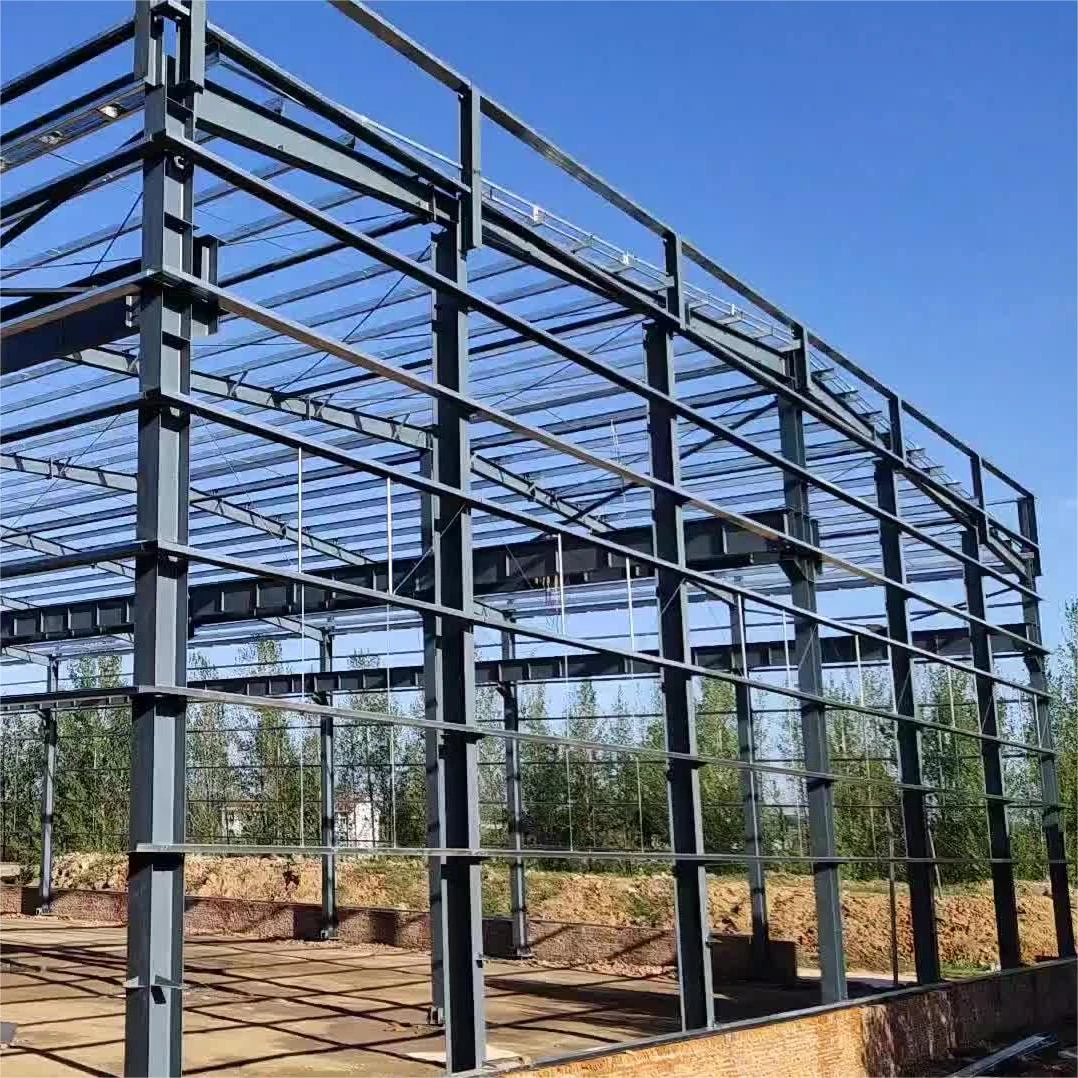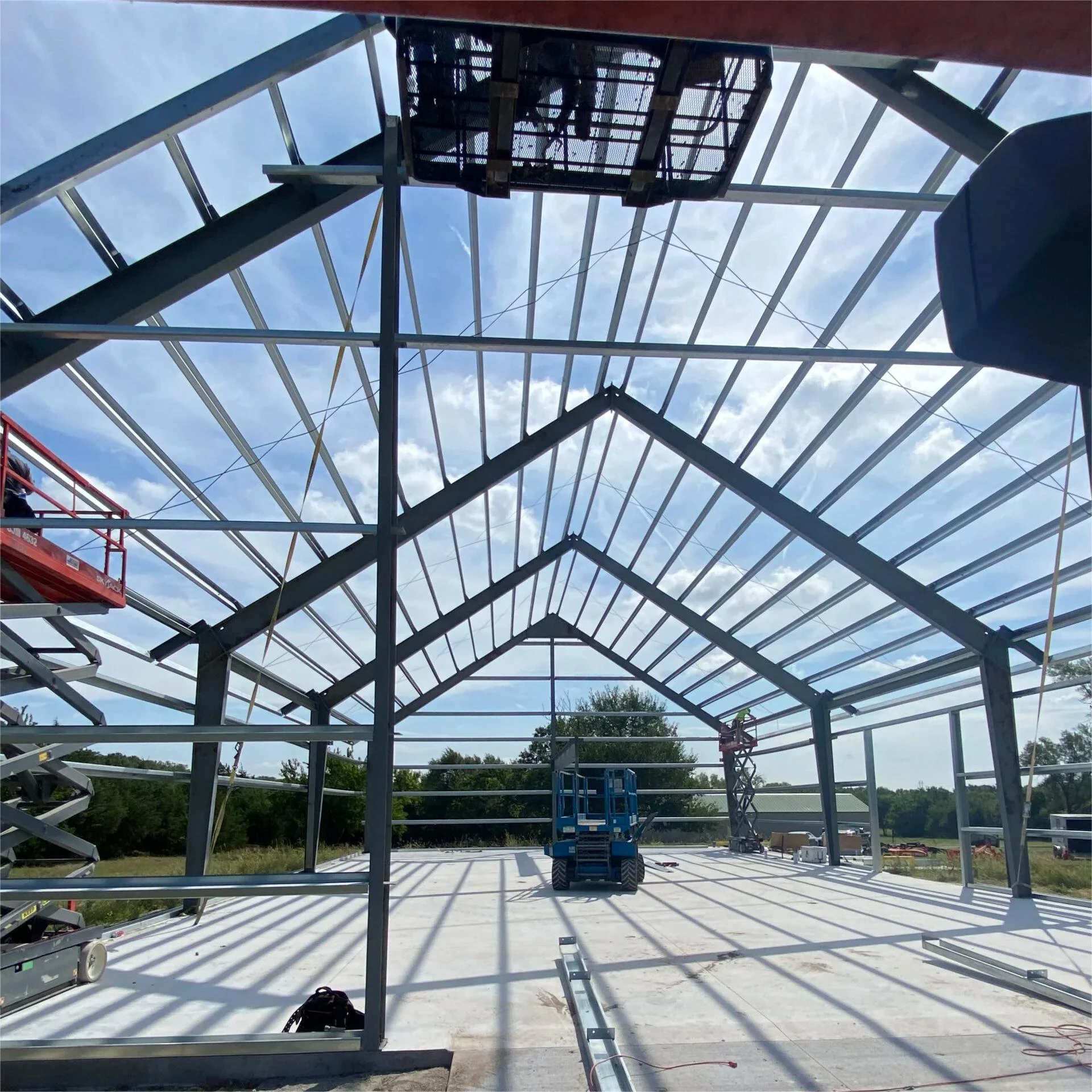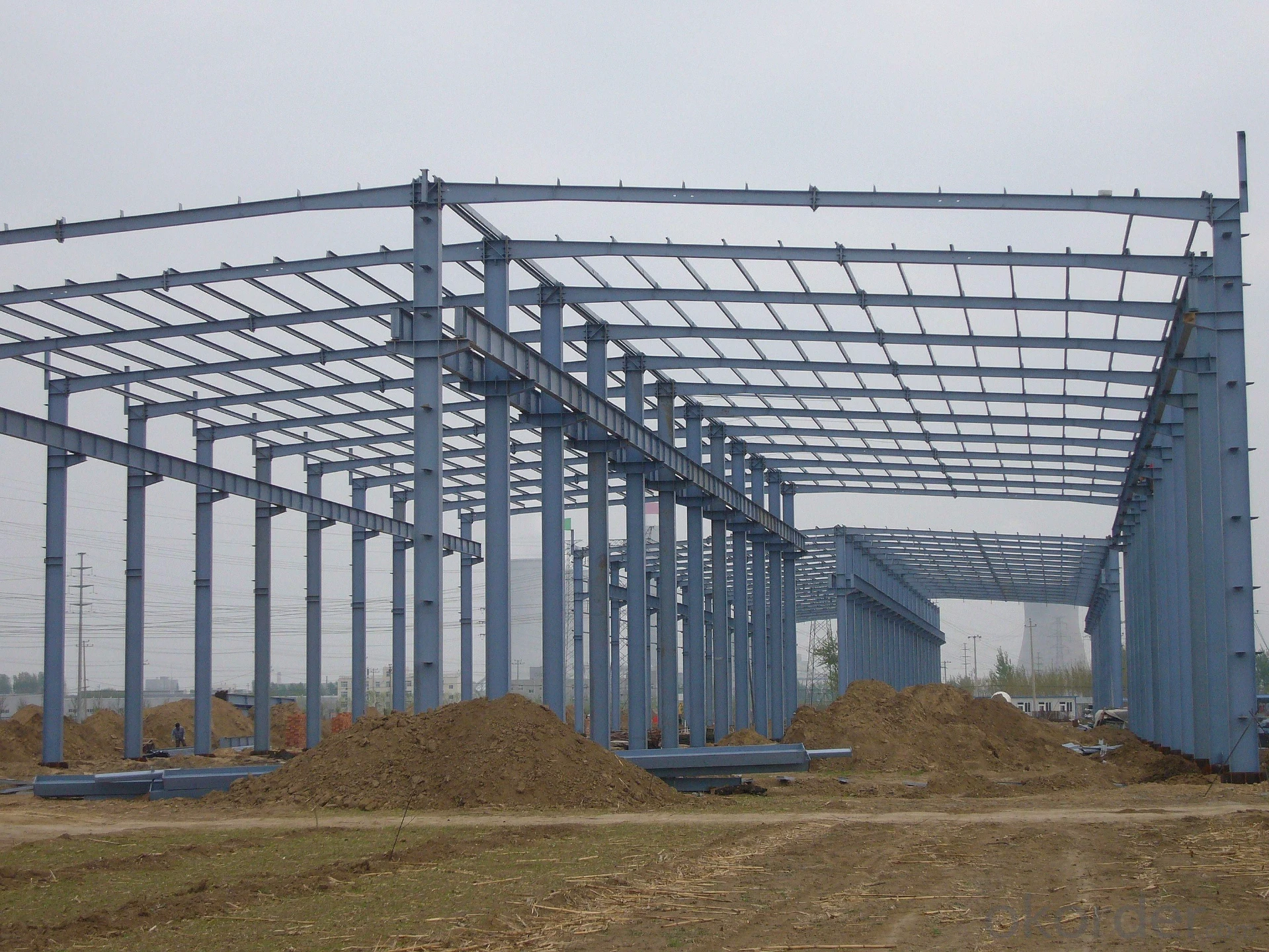- Afrikaans
- Albanian
- Amharic
- Arabic
- Armenian
- Azerbaijani
- Basque
- Belarusian
- Bengali
- Bosnian
- Bulgarian
- Catalan
- Cebuano
- Corsican
- Croatian
- Czech
- Danish
- Dutch
- English
- Esperanto
- Estonian
- Finnish
- French
- Frisian
- Galician
- Georgian
- German
- Greek
- Gujarati
- Haitian Creole
- hausa
- hawaiian
- Hebrew
- Hindi
- Miao
- Hungarian
- Icelandic
- igbo
- Indonesian
- irish
- Italian
- Japanese
- Javanese
- Kannada
- kazakh
- Khmer
- Rwandese
- Korean
- Kurdish
- Kyrgyz
- Lao
- Latin
- Latvian
- Lithuanian
- Luxembourgish
- Macedonian
- Malgashi
- Malay
- Malayalam
- Maltese
- Maori
- Marathi
- Mongolian
- Myanmar
- Nepali
- Norwegian
- Norwegian
- Occitan
- Pashto
- Persian
- Polish
- Portuguese
- Punjabi
- Romanian
- Russian
- Samoan
- Scottish Gaelic
- Serbian
- Sesotho
- Shona
- Sindhi
- Sinhala
- Slovak
- Slovenian
- Somali
- Spanish
- Sundanese
- Swahili
- Swedish
- Tagalog
- Tajik
- Tamil
- Tatar
- Telugu
- Thai
- Turkish
- Turkmen
- Ukrainian
- Urdu
- Uighur
- Uzbek
- Vietnamese
- Welsh
- Bantu
- Yiddish
- Yoruba
- Zulu
Dec . 12, 2024 04:41 Back to list
The Significance of Steel Structure Buildings in Modern Architecture
In the realm of modern architecture, steel structure buildings have revolutionized the way we approach construction. Owing to their strength, durability, and versatility, steel structures have become a preferred choice for a wide array of applications, ranging from commercial skyscrapers to industrial facilities. This article delves into the significance of steel structure buildings, examining their advantages, applications, and the future of steel construction.
Advantages of Steel Structure Buildings
One of the primary advantages of steel structures is their exceptional strength-to-weight ratio. Steel possesses high tensile strength, allowing it to endure significant loads while remaining relatively light. This property enables architects and engineers to design taller and more ambitious buildings with slender profiles, reducing the need for massive foundations and support systems. Consequently, steel structures can be constructed more quickly and efficiently than traditional materials like concrete or wood.
Additionally, steel is inherently resistant to various environmental factors such as pests, rot, and fire. Unlike wood, which can be susceptible to termites and decay, steel remains unaffected, ensuring a longer lifespan for buildings. Modern steel alloys can also be treated to enhance fire resistance, further increasing safety for occupants and minimizing property damage in the event of a fire.
Steel structure buildings also offer unparalleled design flexibility. With advancements in fabrication technology, steel components can be pre-engineered and customized to meet specific design requirements. This adaptability allows architects to explore innovative and creative designs, leading to unique and striking architectural forms. Moreover, the ability to modify steel structures easily enables renovations and expansions, catering to the evolving needs of businesses and communities.
Applications of Steel Structure Buildings
steel structure building

The versatility of steel structures has led to their widespread application across various sectors. In the commercial realm, skyscrapers and office buildings are often constructed using steel frames, allowing for open floor plans and large window openings that enhance natural light and views. Iconic examples include the Empire State Building and the Burj Khalifa, both of which showcase steel's capabilities in creating architectural landmarks.
In the industrial sector, steel structures are paramount for factories, warehouses, and distribution centers. The clear spans that steel provides facilitate efficient layouts and operational workflows, essential for businesses dealing with large volumes of goods. Additionally, the ease of maintenance and reduced life cycle costs make steel an economical choice for these facilities.
Steel structures also play a vital role in infrastructure development. Bridges, highways, and railways utilize steel for its strength and durability, allowing these vital connections to withstand heavy loads and environmental stresses. Moreover, as communities grow, steel plays a significant role in developing recreational facilities, such as sports arenas and convention centers, providing spaces that cater to the needs of the public.
The Future of Steel Structure Buildings
As the demand for sustainable and eco-friendly construction practices increases, steel structures are well-positioned to contribute to a more sustainable future. Steel is 100% recyclable, meaning that materials can be reused without losing quality. This characteristic not only reduces waste but also minimizes the environmental impact of construction. Additionally, advancements in green steel production methods are being developed, further lowering the carbon footprint associated with steel manufacturing.
Modern technologies, such as Building Information Modeling (BIM) and prefabrication, are also enhancing the efficiency of steel construction projects. These innovations facilitate better planning and collaboration among stakeholders, resulting in reduced construction times and cost savings. As the construction industry continues to evolve, the integration of these technologies will ensure that steel structure buildings remain at the forefront of architectural and engineering practices.
In conclusion, steel structure buildings are an integral part of modern architecture and construction. Their strength, durability, design flexibility, and sustainability make them a preferred choice for a variety of applications. As technology and building practices continue to advance, the potential for steel structures will only grow, paving the way for innovative and sustainable solutions in our built environment. Embracing steel not only supports our current structural needs but also lays the groundwork for future architectural marvels.
-
How Do Steel Building and Structures Shape Modern Construction Landscapes?
NewsJun.11,2025
-
How Do Specialized Manufacturers Shape Diverse Building Landscapes?
NewsJun.11,2025
-
How Do Key Factors Influence Industrial Building Expenses?
NewsJun.11,2025
-
How Do Industrial Sheds and Steel Structures Shape Modern Infrastructure?
NewsJun.11,2025
-
How Do Industrial Shed Manufacturers and Pre - Engineered Building Solutions Transform Modern Infrastructure?
NewsJun.11,2025
-
How Do Industrial Building Solutions Drive Modern Infrastructure Development?
NewsJun.11,2025
Products categories
Our Latest News
We have a professional design team and an excellent production and construction team.












